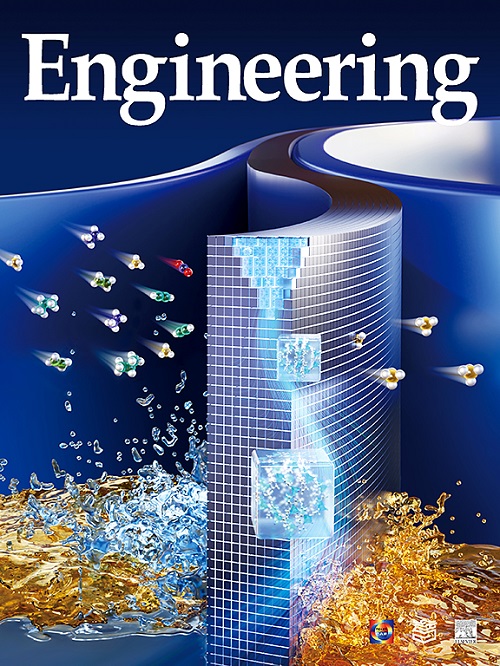Single-cell RNA sequencing reveals 7-ketositosterol exacerbates aortic inflammation through TLR4 signaling-regulated IRF5 mediated M1 macrophage polarization
IF 11.6
1区 工程技术
Q1 ENGINEERING, MULTIDISCIPLINARY
引用次数: 0
Abstract
Atherosclerosis (AS) is a chronic inflammatory disease in which macrophages play an indispensable role. Exploration of the effects of aortic cell subpopulations in AS remains challenging due to cellular heterogeneity. Phytosterol oxidation products (POPs) are key dietary factors influencing AS due to their potential pro-inflammatory effects in atherosclerotic mice. However, the contribution of alterations in cellular heterogeneity to this outcome and the exact mechanisms remain elusive. Here, we constructed a novel single-cell transcriptomic landscape of arteries in ApoE−/− mice fed an atherosclerotic diet without or with POPs. Combining single-cell RNA sequencing (scRNA-seq) with in vitro functional validation, we demonstrated that 7-ketositosterol, a major component of POPs, induced macrophages to skew the pro-inflammatory (M1) phenotype through the TLR4-IRF5 axis, thereby amplifying the inflammatory response. Notably, we verified the presence of this pro-inflammatory immune niche with the same molecular features using publicly available human arterial scRNA-seq data. This demonstrates that this is a reproducible characteristic in human AS. Our study shifts the current paradigm of exploring the biological effects of food components, and provides unprecedented perspectives for the application of single-cell technology to food nutrition research.单细胞RNA测序显示7-酮醇通过TLR4信号调节的IRF5介导的M1巨噬细胞极化加剧主动脉炎症
动脉粥样硬化(AS)是一种慢性炎症性疾病,巨噬细胞在其中起着不可或缺的作用。由于细胞异质性,探索主动脉细胞亚群在AS中的作用仍然具有挑战性。植物甾醇氧化产物(pop)是影响动脉粥样硬化小鼠AS的关键饮食因素,因为它们具有潜在的促炎作用。然而,细胞异质性的改变对这一结果的贡献和确切的机制仍然难以捉摸。在这里,我们构建了一个新的ApoE - / -小鼠动脉单细胞转录组景观,喂食不含或含POPs的动脉粥样硬化饮食。结合单细胞RNA测序(scRNA-seq)和体外功能验证,我们证明了7-酮甾醇(POPs的主要成分)通过TLR4-IRF5轴诱导巨噬细胞扭曲促炎(M1)表型,从而放大炎症反应。值得注意的是,我们使用公开的人类动脉scRNA-seq数据验证了这种具有相同分子特征的促炎免疫生态位的存在。这表明这是人类AS的可复制特征。我们的研究改变了目前探索食品成分生物学效应的范式,为单细胞技术在食品营养研究中的应用提供了前所未有的视角。
本文章由计算机程序翻译,如有差异,请以英文原文为准。
求助全文
约1分钟内获得全文
求助全文
来源期刊

Engineering
Environmental Science-Environmental Engineering
自引率
1.60%
发文量
335
审稿时长
35 days
期刊介绍:
Engineering, an international open-access journal initiated by the Chinese Academy of Engineering (CAE) in 2015, serves as a distinguished platform for disseminating cutting-edge advancements in engineering R&D, sharing major research outputs, and highlighting key achievements worldwide. The journal's objectives encompass reporting progress in engineering science, fostering discussions on hot topics, addressing areas of interest, challenges, and prospects in engineering development, while considering human and environmental well-being and ethics in engineering. It aims to inspire breakthroughs and innovations with profound economic and social significance, propelling them to advanced international standards and transforming them into a new productive force. Ultimately, this endeavor seeks to bring about positive changes globally, benefit humanity, and shape a new future.
 求助内容:
求助内容: 应助结果提醒方式:
应助结果提醒方式:


